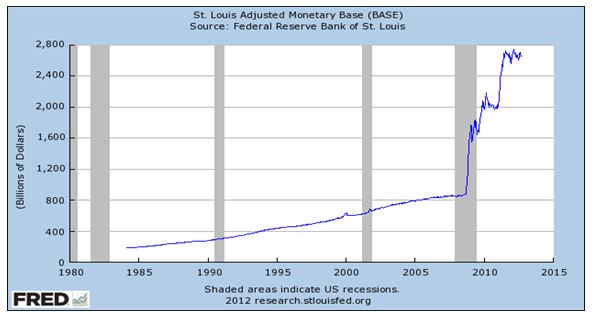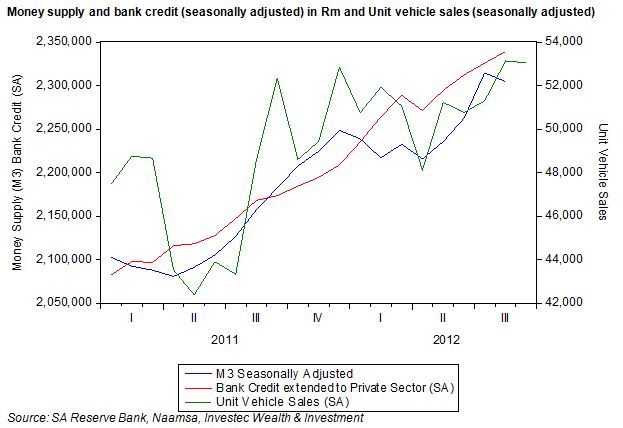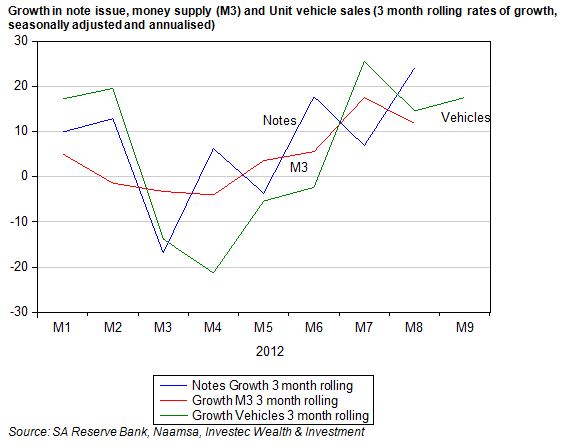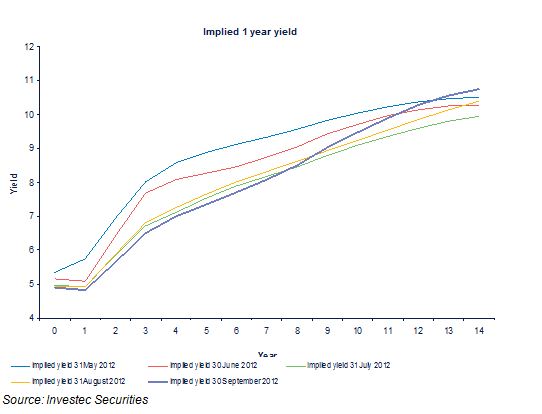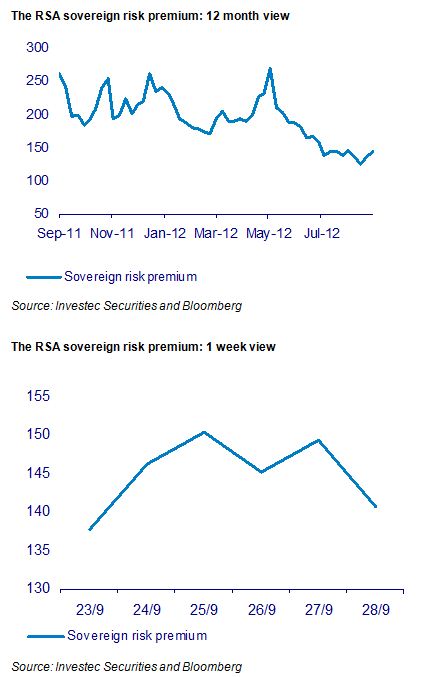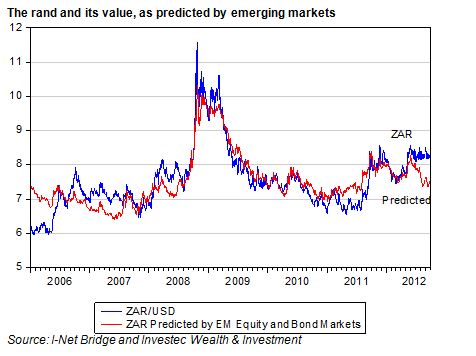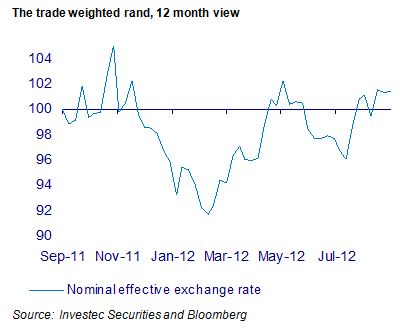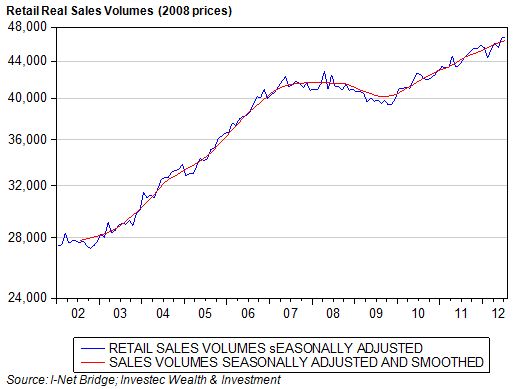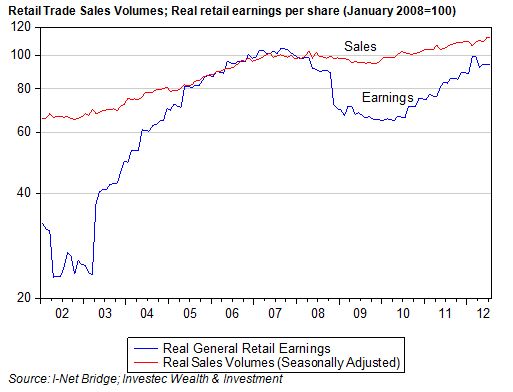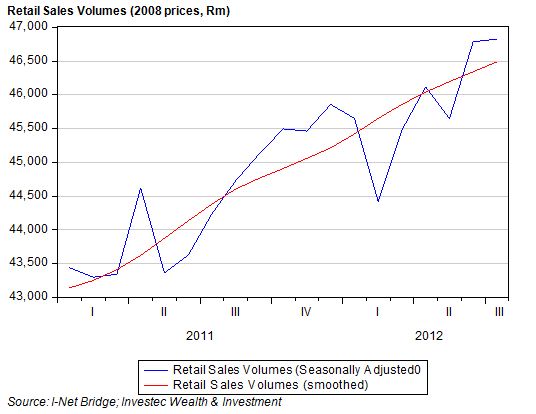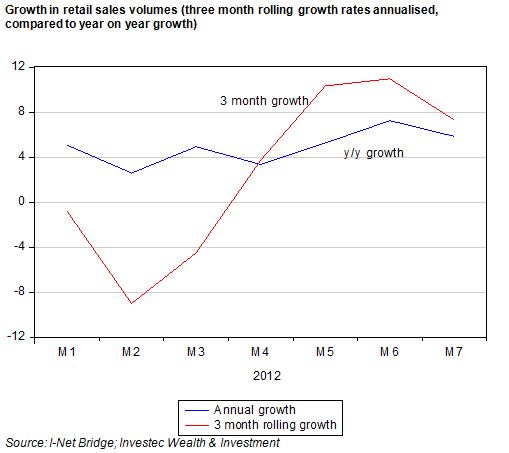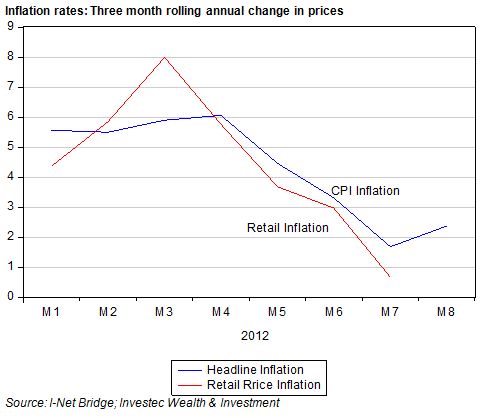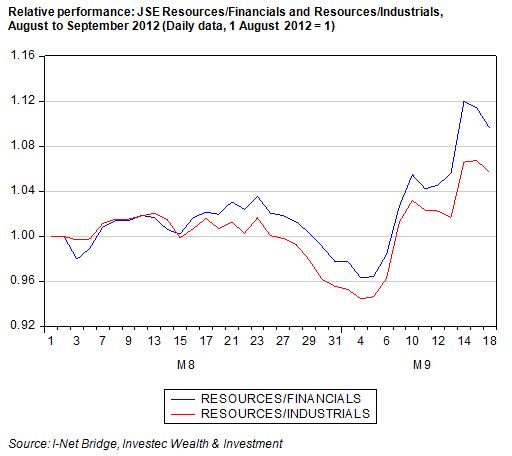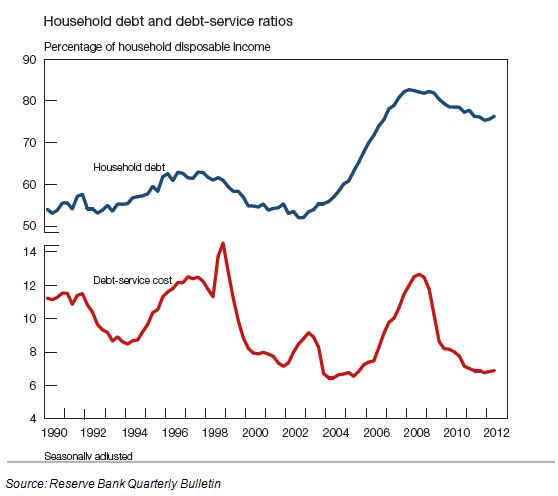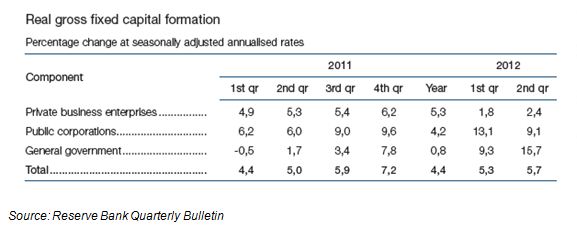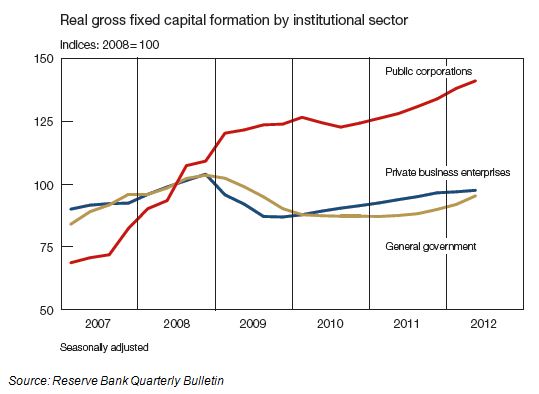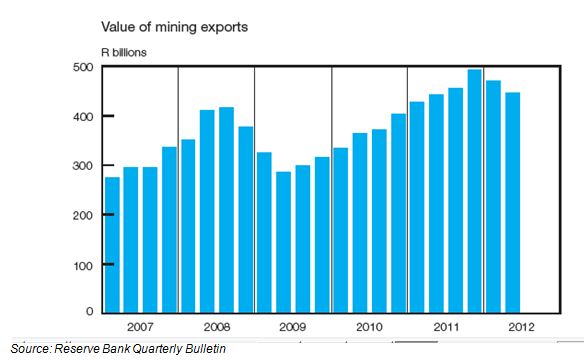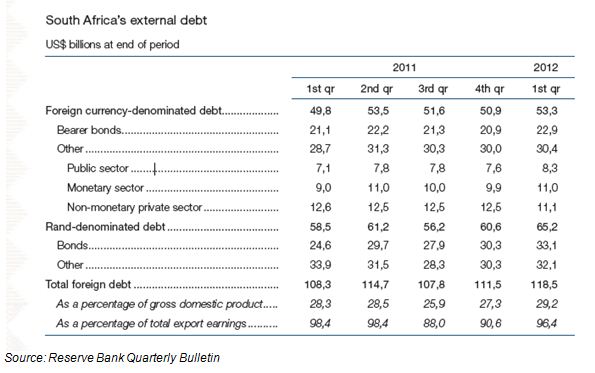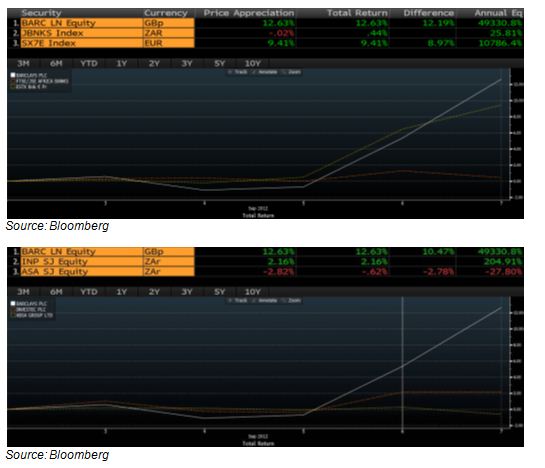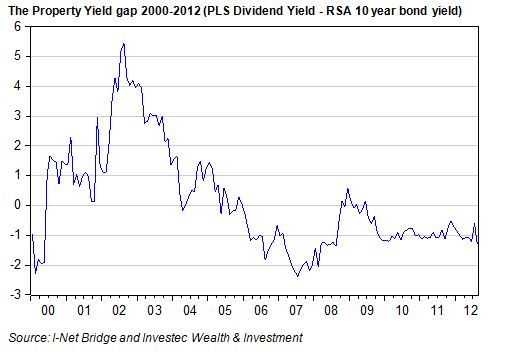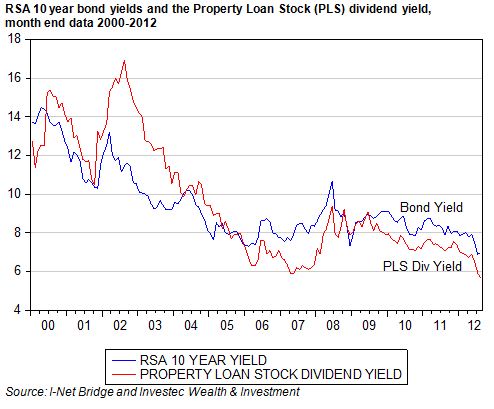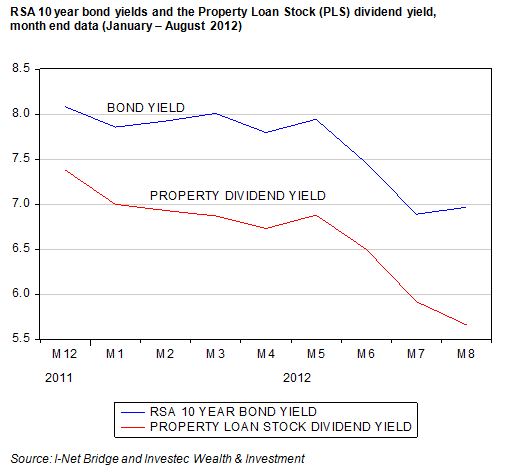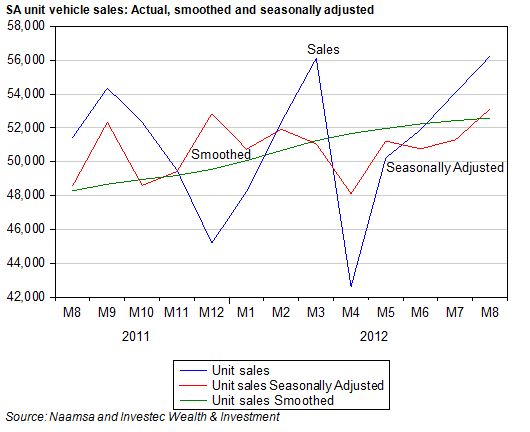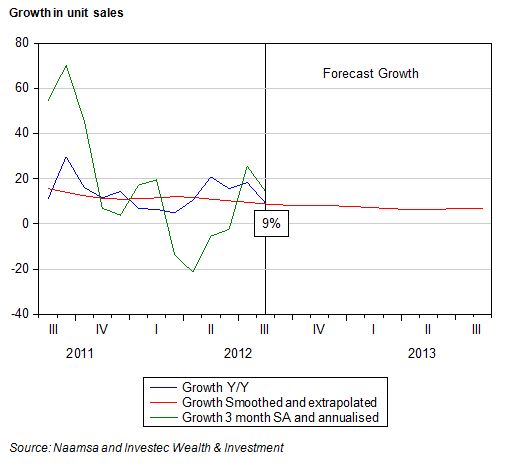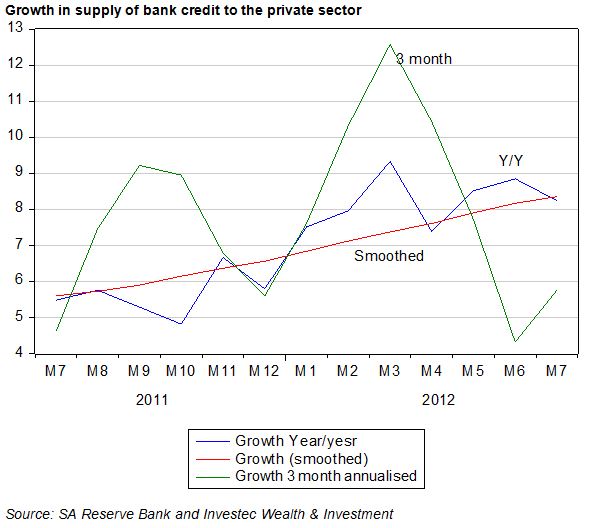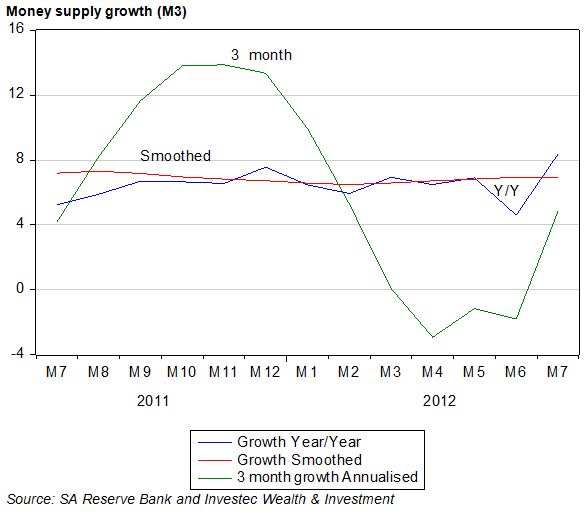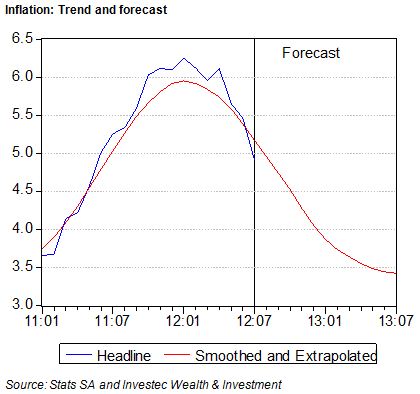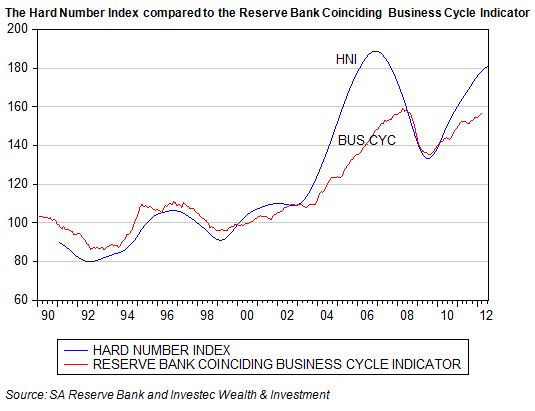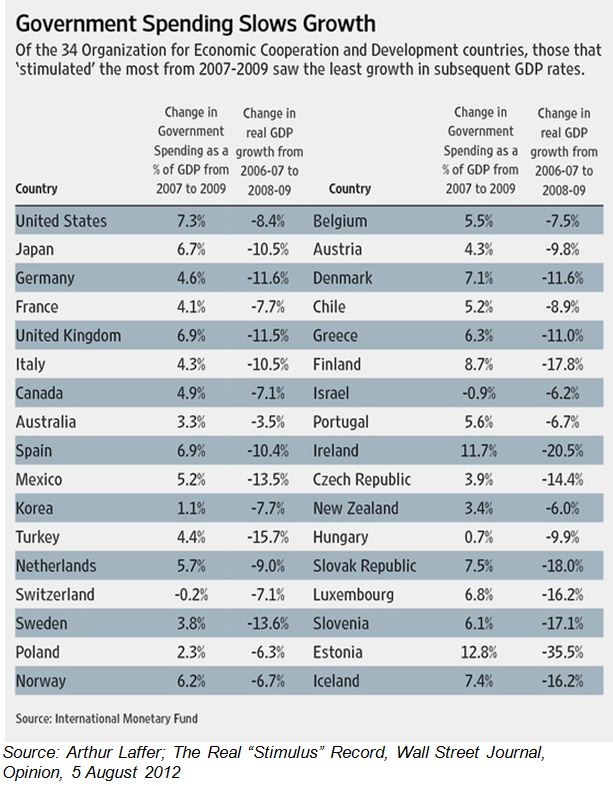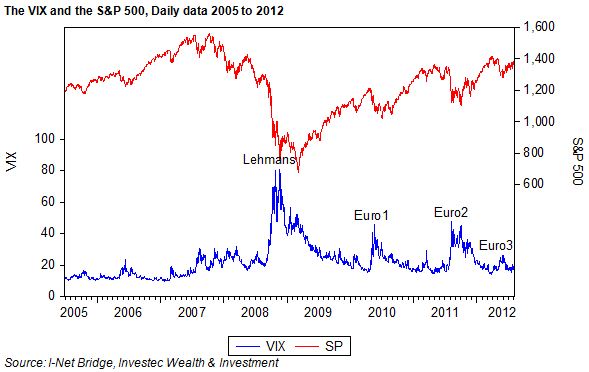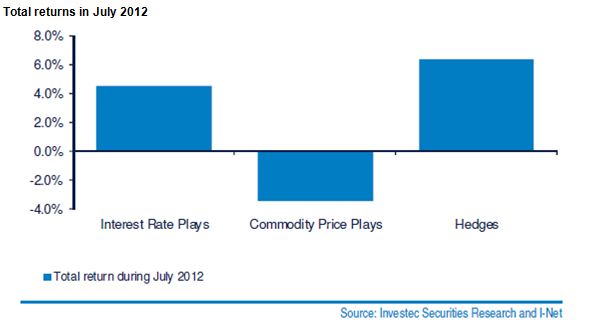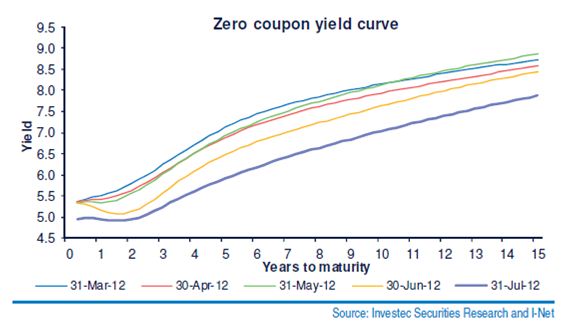A number of JSE listed companies, most recently Mediclinic (MDC) and Capitec Bank Holdings (CPI) have announced significant capital raising exercises by way of rights issues to its shareholders to subscribe additional equity capital. Mediclinic has planned to raise an additional R5bn from its shareholders, adding 26% to the number of its shares in issue, while Capitec will raise R2.25bn thus increasing its shares in issue by 14%. Both issues are underwritten.
If the rights to subscribe new equity capital are taken up by established shareholders in the same proportion they currently hold shares, their share of the company will be unaltered. They will be entitled to the same share of dividends as before.
There is no change in ownership when a sole owner or all shareholders inject additional capital in the same proportion as their established shareholding.
In the case of a rights issue, established shareholders may however elect to sell their rights to subscribe to additional shares should they prove valuable, in which case they are giving up a share of the company and rewarded for doing so.
The key question for shareholders and the market place is the following: how well will the extra capital raised be employed? Will the capital raised from old or new shareholders earn a return in excess of its opportunity costs? (That is, will it earn a return in excess of the returns shareholders or potential shareholders might expect from the same amount of capital they could invest in businesses with a similar risk character.)
If the answer is yes, the market value of the company could be expected to increase by more than the value of the additional capital injected into the company. If the answer is a no, then distributing cash on the books of the company to shareholders, rather than raising additional cash, would be appropriate.
The dilution factor
The common notion that issuing additional shares will “dilute” the stake of established shareholders, because more shares in issue reduces earnings per share, assumes implicitly that the additional capital raised will not be used productively enough to cover the costs of the capital raised or earn more than the required risk adjusted return.
But this is not necessarily so. Additional capital can be productively employed and can add, rather than reduce, value for shareholders. It will be up to the market place to decide the issue.
In the case of a secondary issue of additional shares (rather than a rights issue) the answer is easily found by observing the share price after the capital raising. A gain in the share price would be evidence of a value adding capital raising exercise for both established shareholders who did not subscribe additional capital and also for those who did.
However to be a truly value adding exercise, these share price gains would have to be compared to market or sector wide gains or losses. If the share price gains were above market average, the success of the capital raising exercise would be unambiguous.
Estimating the value add in the case of a rights issue is more complicated. This is because the rights are typically priced at a large discount to the prevailing share price before the announcement. The reason for pricing the rights at a discount to the prevailing share price is to attract attention to the offer and by so doing to make sure that the rights to subscribe additional capital will have market value and so will be followed and the additional capital secured.
It should be appreciated that the established shareholders would be largely indifferent to the price selected for the rights issue. The lower the price, the more shares would have to be issued to shareholders to raise the same amount of additional capital. In effect, the shareholders are issuing shares to themselves – as would a sole owner injecting more capital into his or her business. For a sole owner the nominal price attached to the shares would be irrelevant. The lower the nominal price attached to the shares the larger the number of additional shares to be issued for the same amount of capital invested. The same is true of a rights issue. What matters is the amount of capital the shareholders are called upon to subscribe to. This can be divided into a larger or smaller number of shares by adjusting the price at which the rights are offered.
In the case of the Mediclinic rights issue, the company has priced the rights at 28.63 cents per share, raising R5bn by issuing 1.76m additional shares. Management might have decided to halve the offer of shares to 14.315 cents per share and issued twice as many shares, without disadvantaging the shareholders on its books. The advantage in offering large discounts is that the rights to subscribe to the new shares are very likely to offer positive value and if so, may more easily be disposed of by those shareholders who are financially constrained.
Simply put, the Mediclinic rights issue will be value adding for established shareholders if, after the capital raising exercise is concluded and the money raised, the company is worth more than an extra R5bn and the Capitec rights issue will be successful if the company is worth R2.3bn after its capital raising processes has been concluded.
Putting it algebraically
Some simple algebra can help make the point (readers without a mathematical bent may choose to skip this part and proceed to the conclusion). The break even condition is that the market value of the company after the conclusion of the capital raising exercise (defined as MC2) will be greater or at least equal to the market value of the company pre the rights issue, defined as MC1 plus the additional capital raised defined as k. That is MC2>MC1+k if the capital raising exercise is to be judged a success.
This equation may also be used to establish a share price that would represent a break even for shareholders after the conclusion of the rights issue. That is, the share price after the event that would satisfy the value add (or rather the no value loss) condition. MC2, the value of the company after the rights issue is concluded, may be derived conventionally by multiplying the share price (post rights issue) by the number of shares in issue (S2), that is the market value of the company after the capital raising exercise MC2 = P2 * S2 and MC1, the value of the company before the announcement, calculated in the same way as P1*S1 where S1 was the number of shares in issue before the rights issue. P2 is the breakeven price after the announcement. Substituting P1*S1 for MC1 and P2*S2 for MC2 and solving this equation for P2, the break even post rights issue price, gives the following formula for the break even share price after a rights issue as: P2 = (S1*P1+k)/S2.
In the case of Mediclinic, P1 was R40.05, the price ruling on the day before the announcement on 1 August. There were 652.3m shares then in issue (S1= 653.1m). After the rights issue, the number of shares in issue will rise to 827m (S2). K, the additional amount to be raised, is R5bn. Thus the break even share price P2 = R37.6.
Mediclinic closed at R40 on 27 September while the value of the rights closed at R11.30. Since shareholders received the right to 26.77 shares per hundred shares owned, these rights were then worth R3.02 per share to each shareholder (11.3*0.2677). Thus the post rights value of a share in Mediclinic was approximately R40.00 plus R3.02, that is R43.02, on the day before the trade in the rights was to close and comfortably in excess of the R37.6 break even share price.
If the price of a Mediclinic share today (1 October) maintains its 27 September value of approximately R43, the company will be worth R35.5bn. This may be compared to its pre-rights value of R26.12bn. In other words shareholders have put in an extra R5bn and have added value of R4.38bn. This rights issue may be regarded therefore as successful.
The break even share price for Capitec, by the same calculation, is R200.6. The share price on 27 September was R215.5. This price incorporates the rights to new shares at R160 that can be traded after 22 October until 2 November. If this value were to be maintained after 2 November, the company (with 114.4m shares then in issue) would have a market value of R2.45bn. This may be compared to its market value of R2.07bn before the announcement of the rights issue. Thus shareholders would be getting an extra R3.956bn for the additional R2.248bn they are investing in the company – a gain of R1.71bn.
Conclusion
Thus the capital raising exercises of both Mediclinic and Capitec may be regarded as very successful, at least so far. They are clearly expected to add value to the companies, that is, the extra capital raised is expected to more than cover its costs, above the risk adjusted required rate of return for investments of a similar character. Brian Kantor
